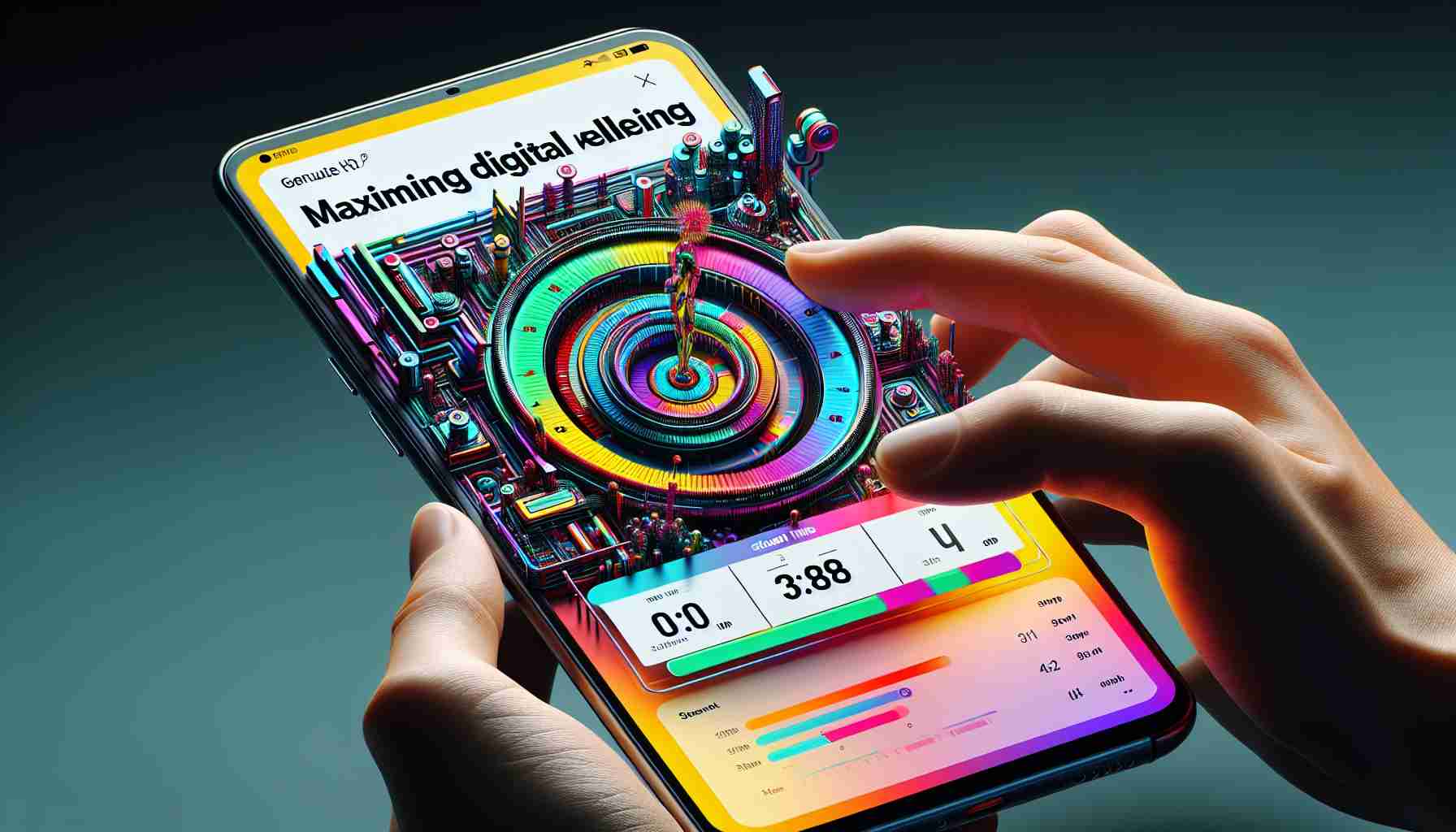Gain Insight into Your Digital Habits with Samsung’s Digital Welfare Feature
Samsung smartphone users have an indispensable tool at their disposal to monitor and regulate their screen time—the Digital Welfare feature. This resourceful functionality provides insights into how long they interact with their screens and which apps command most of their attention.
The feature categorizes app usage into groups like productivity and finance, social media, and video streaming, enabling users to recognize patterns in their digital consumption. Not only does this help in self-regulation, but it also encourages a healthier balance between technology usage and other life activities.
Here’s how you can view your screen time usage:
To access this feature, navigate to the Fast Settings by sliding down your phone’s screen and tapping the gear-shaped icon. Within these settings, you’ll need to locate and select ‘Digital Welfare and Parental Control’. Once there, you will be greeted by a comprehensive breakdown of your daily and weekly app usage, grouped by category.
For a more granular analysis, tapping on the graph icon situated in the upper right will reveal a bar graph detailing daily device usage. Scrolling through this page, users can uncover which applications they spend the most time on and delve deeper by tapping on each app to discover specific usage durations.
This digital oversight is empowering for Samsung users, offering the chance to make informed decisions about their screen habits, potentially paving the way for enhanced digital wellness.
Additional Considerations for Digital Wellbeing:
Digital wellbeing is an increasingly important topic as we immerse ourselves more in the digital world. While tracking screen time is beneficial for personal insight, the concept also opens up discussions on broader implications for mental health, productivity, and social interactions. For example, excessive screen time has been linked to problems like poor sleep quality, decreased attention spans, and heightened stress levels.
Key Questions and Answers:
– Q: How can excessive screen time affect mental health?
– A: Excessive screen time can lead to digital eye strain, sleep disturbances, and may increase the risk of developing conditions like depression and anxiety due to decreased physical activity and social engagement.
– Q: Can Digital Wellbeing features restrict app usage?
– A: Yes, many digital wellbeing tools include options to set time limits on app usage, or to enable focus modes that restrict access to distracting apps during certain times.
Key Challenges and Controversies:
One of the biggest challenges is ensuring that the tracking itself doesn’t become an additional source of stress. Users may feel pressured to achieve certain screen time statistics, potentially leading to anxiety over their digital habits. Additionally, privacy concerns arise regarding the data collection of app usage statistics.
Advantages:
– Increased self-awareness of digital habits.
– Ability to set screen time limits promotes healthier usage.
– Can lead to improved sleep and overall well-being by reducing nighttime screen use.
Disadvantages:
– Being overly concerned with tracking can create stress.
– Potential privacy issues with data handling.
– Features may not cover all aspects of digital wellbeing, such as blue light exposure.
For further exploration of digital wellbeing tools and resources, you can visit reputable technology news and health websites. Two recommended links are:
– Samsung Official Website for details on Digital Wellbeing features specific to Samsung devices.
– World Health Organization (WHO) for general health-related information that may include impacts of technology usage on health.
When visiting these websites, search in their provided search bars or menus for digital wellbeing or related terms to find more information relevant to this topic.
The source of the article is from the blog xn--campiahoy-p6a.es
